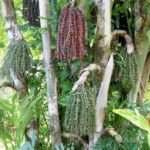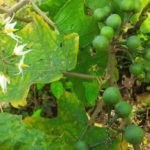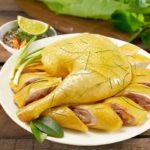Herbal remedies have long been a part of traditional medicine in Vietnam, and their effectiveness in treating various ailments is well-known. Let’s explore seven of the most valuable medicinal plants and their healing properties.
Note: The information provided here is for educational purposes only. Always consult a medical professional before using any herbal remedies to avoid any potential adverse effects.
1 Cà Gai Leo
Scientifically known as Solanum procumbens, Cà Gai Leo, or “climbing thorn apple,” is a potent herb that supports liver function. Its roots contain alkaloids and glycoalkaloids, which help prevent liver fibrosis and inhibit the hepatitis virus.
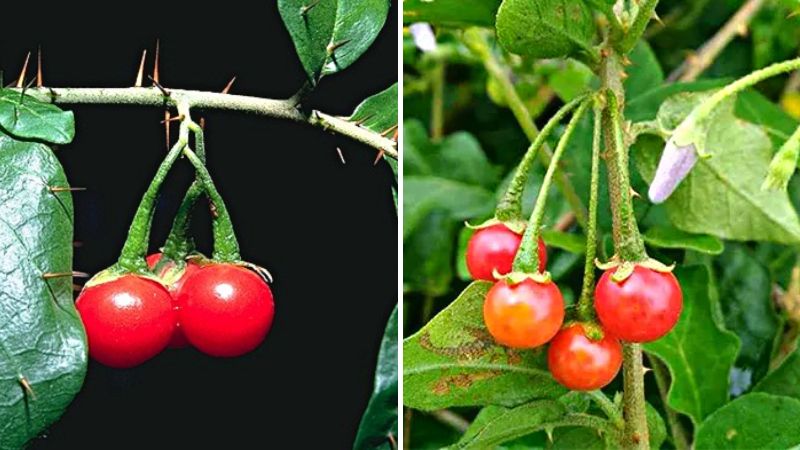
Cà Gai Leo can be consumed as a daily herbal tea or in the form of dietary supplements derived from the plant.
Reference:
2 Jiao Gu Lan
Jiao Gu Lan, or Gynostemma pentaphyllum, is a versatile herb with a range of health benefits.
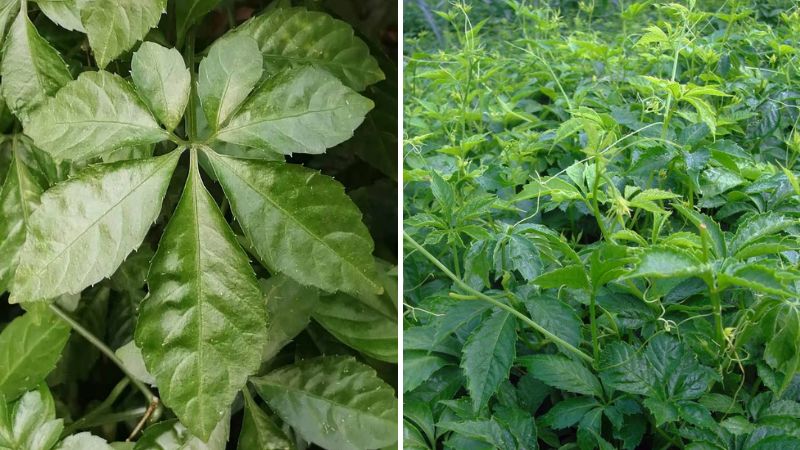 Jiao Gu Lan, also known as “seven-leaf ginseng”
Jiao Gu Lan, also known as “seven-leaf ginseng”
This herb helps regulate blood pressure, prevents atherosclerosis and stroke, improves appetite and sleep quality, aids in post-surgical recovery, lowers blood sugar levels in diabetics, and boosts the immune system.
Reference:
3 Dan Shen
Dan Shen, or Salvia miltiorrhiza, is commonly known as “red sage” and has been used in traditional medicine for centuries.
 Dan Shen is native to temperate and subtropical regions
Dan Shen is native to temperate and subtropical regions
It effectively dilates coronary arteries, increasing blood flow and preventing myocardial ischemia. Additionally, it treats rheumatic arthritis, neuralgia, headaches, insomnia, atherosclerosis, and possesses anti-inflammatory and antioxidant properties.
4 He Shou Wu
He Shou Wu comes in two varieties: red and white, with the scientific name Polygonum multiflorum. It is widely distributed in subtropical and tropical regions.
The red variety is a renowned tonic, effective in treating nervous exhaustion, improving blood and energy, and promoting healthy hair and beard. It contains anthraquinones, which have cardioprotective effects, and anthraglycosides, which stimulate digestion and enhance nutrition.
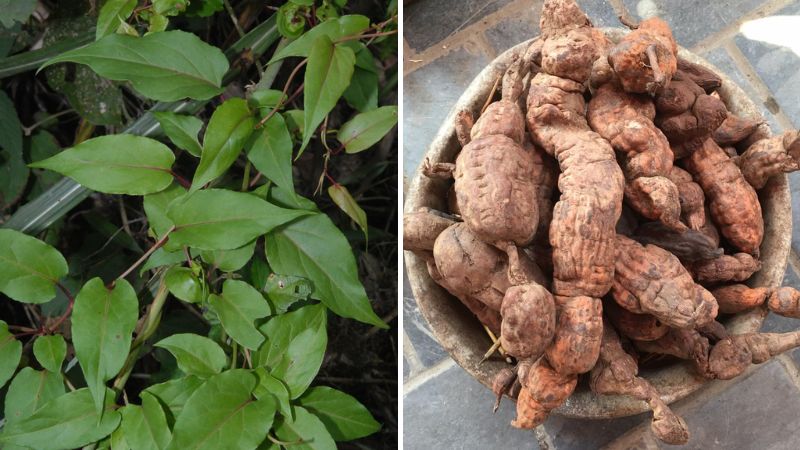 Red He Shou Wu is a powerful tonic
Red He Shou Wu is a powerful tonic
White He Shou Wu, or Streptocaulon juventas, has a bitter and cool nature. It is used to tonify the blood, liver, and kidneys, and possesses detoxifying and heat-clearing properties. It also promotes healthy gut function, acts as a mild diuretic and sedative, lowers body temperature, and aids in weight gain.
Reference:
5 Curculigo Orchiodes
Curculigo Orchiodes, or Curculigo orchioides, is native to the northern provinces of Vietnam.
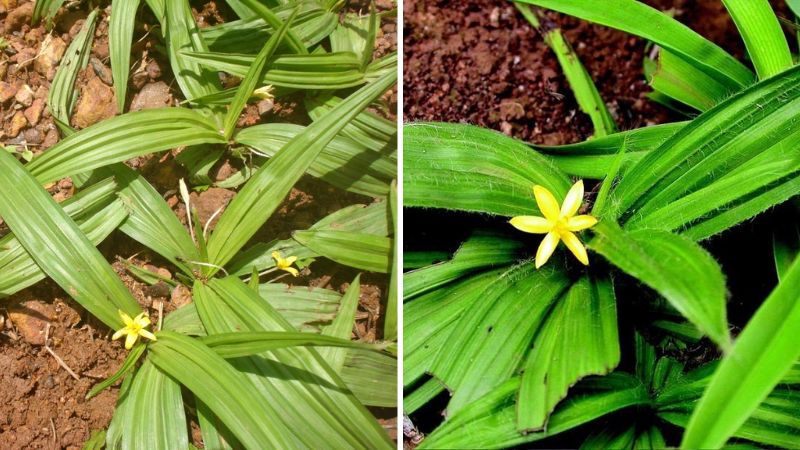 Curculigo Orchiodes enhances sexual function in both men and women
Curculigo Orchiodes enhances sexual function in both men and women
This herb effectively treats sexual weakness and nervous exhaustion, enhancing libido and sexual performance. It also strengthens the kidneys and tendons and promotes overall health.
6 Honey Vine
Honey Vine, or Berberis amurensis, is a versatile herb with multiple health benefits.
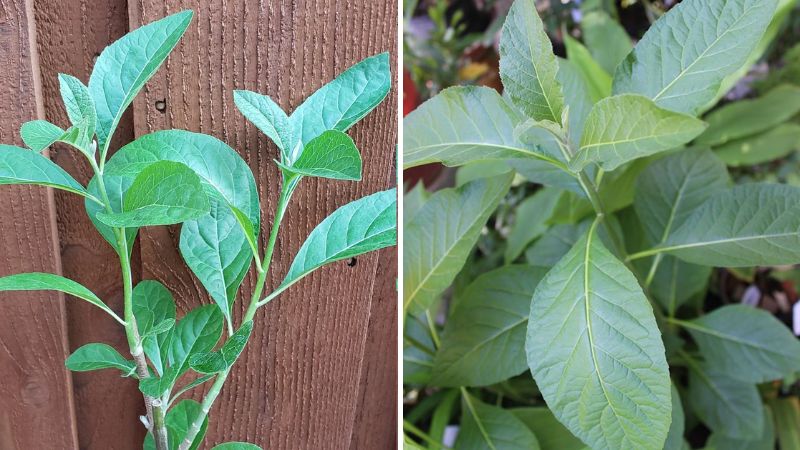 Honey Vine supports digestive health
Honey Vine supports digestive health
It aids in treating digestive disorders, joint pain, and rheumatism. Long-term use of Honey Vine also helps with weight loss and gout, and it supports liver health, prevents gallstones, reduces back pain, and lowers cholesterol levels.
7 Lasia Spinosa
Lasia Spinosa, commonly known as “spiny taro,” is a plant native to the lowlands, midlands, and low mountain regions of Vietnam.
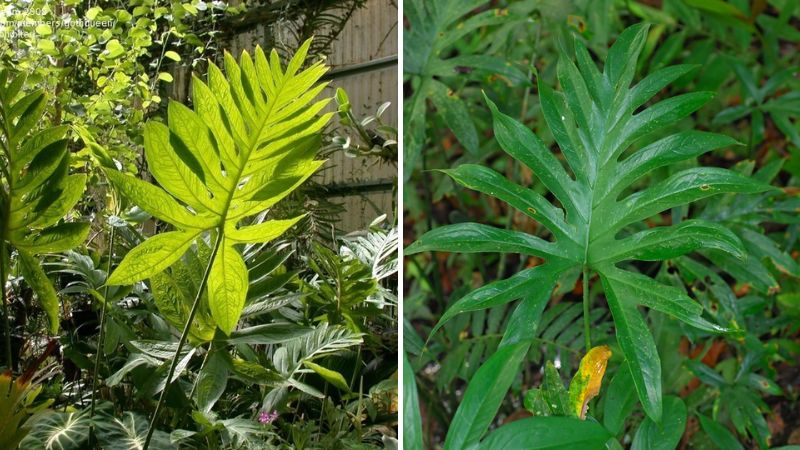 Lasia Spinosa has a spicy and warm nature
Lasia Spinosa has a spicy and warm nature
Lasia Spinosa is used to treat coughs, abdominal pain, edema, rheumatism, and pain in the back, knees, and feet. Its roots have expectorant and anti-asthmatic properties, and it also helps detoxify and cool the body.
These are our insights into seven valuable medicinal plants and their healing properties in Vietnam. Thank you for reading, and stay tuned for more informative articles on our website!


























